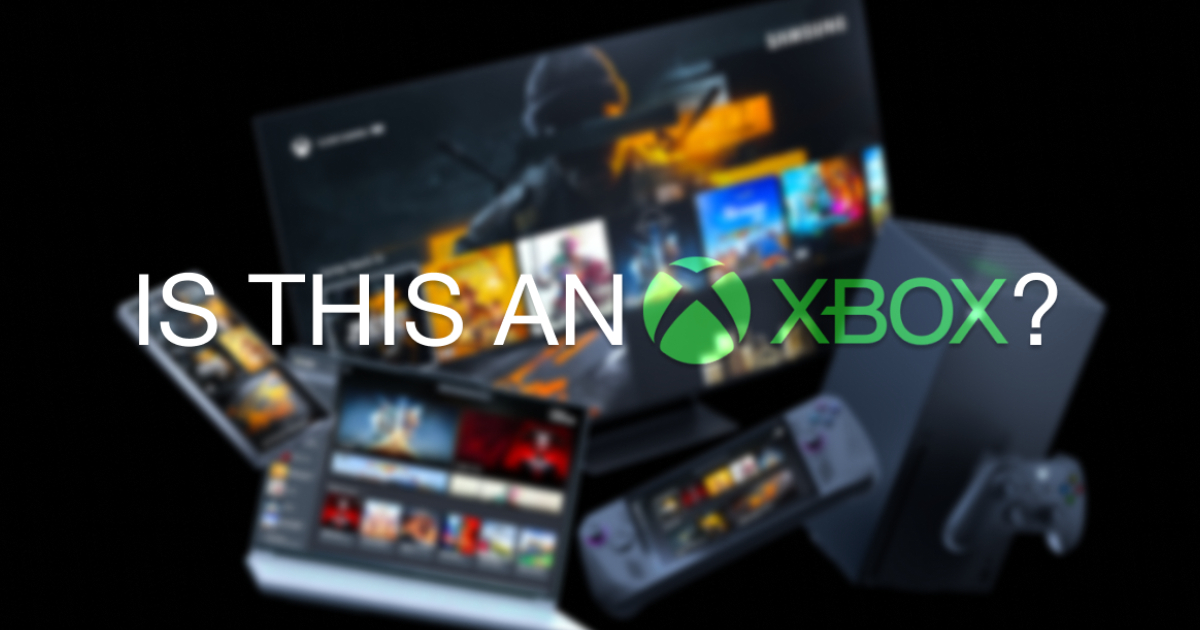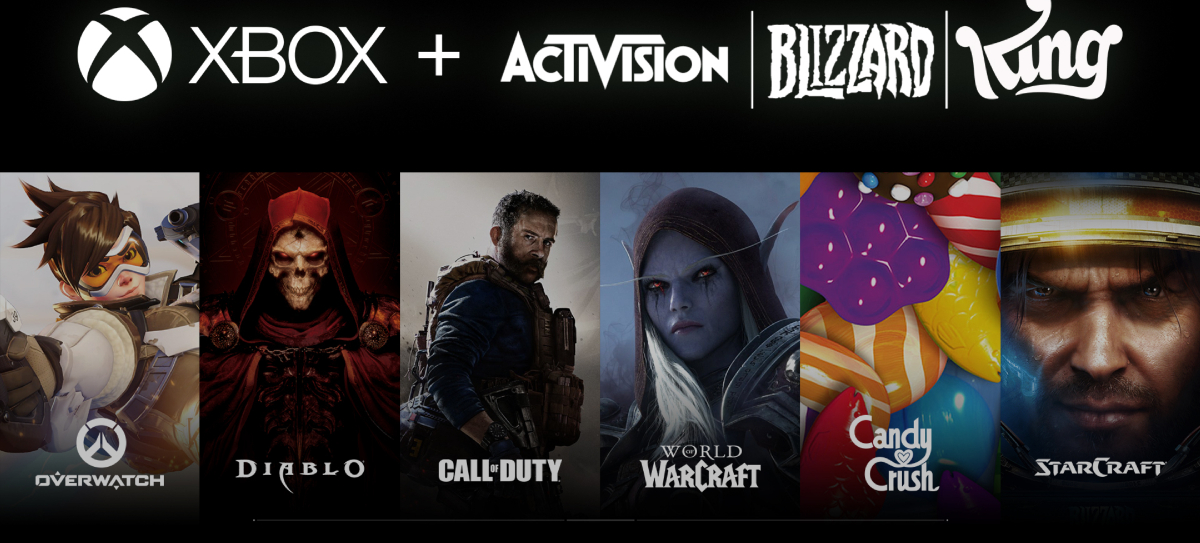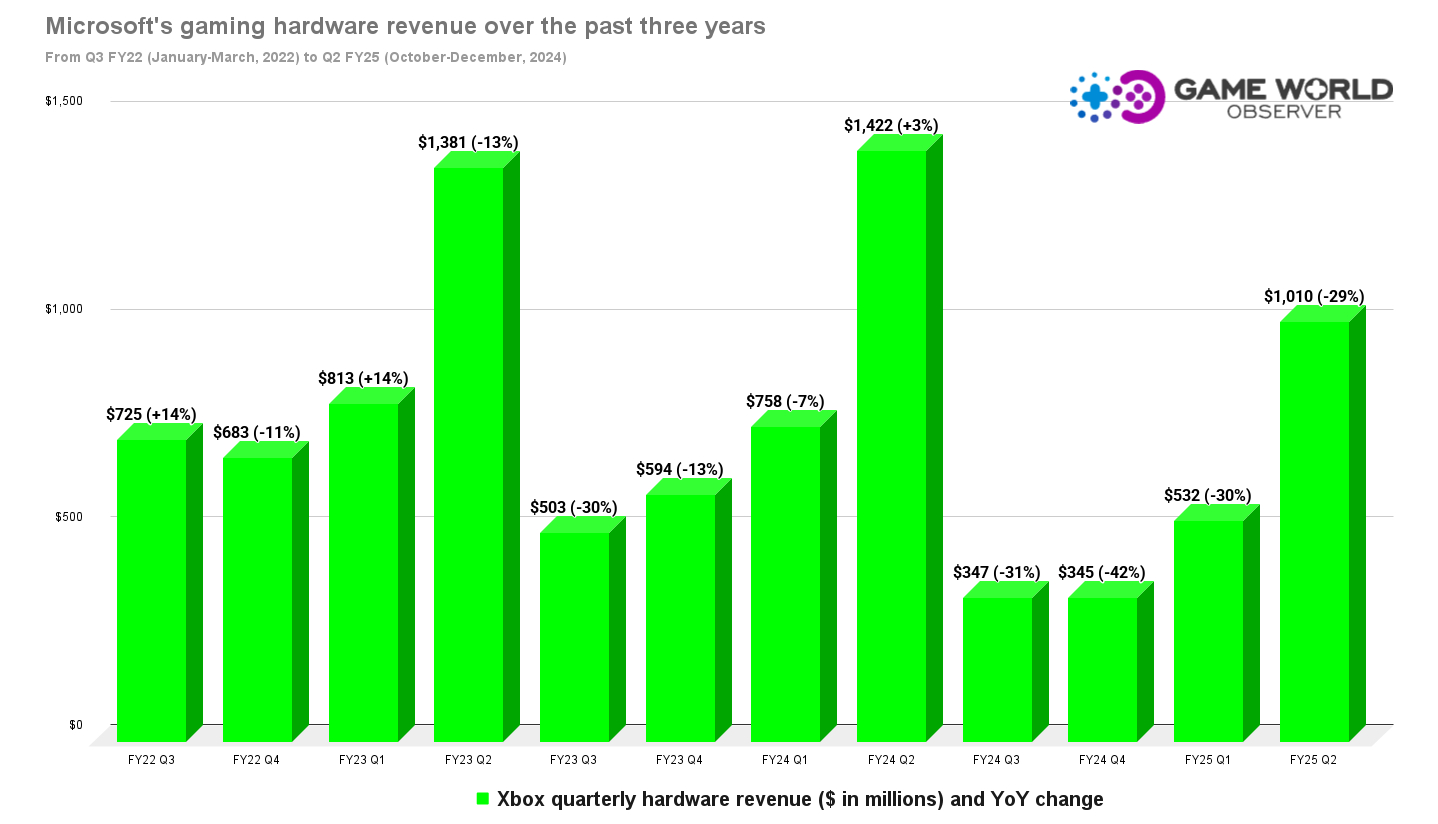Today, the Xbox brand is no longer associated with a single device, and the company itself is systematically getting rid of its role as a classic platform holder. This strategy may be the only winning plan for Microsoft Gaming. However, in the pursuit of all existing screens, there is a risk of not gaining a foothold on any of them.

Contents:
- How the Activision Blizzard acquisition changed everything<;
- “Play Anywhere”: Microsoft enters its multiplatform era;
- Reshaping the Xbox ecosystem: why Game Pass is not a silver bullet.
How the Activision Blizzard acquisition changed everything
Microsoft’s ongoing transformation in the gaming business is directly linked to Phil Spencer, a company veteran who climbed the corporate ladder and witnessed the launch of the very first Xbox. In 2014, Satya Nadella appointed him head of the company’s entire gaming division, setting the goal to make it profitable.
Looking back, the key pillars of this new strategy have been an aggressive M&A approach and investments in new services. Under Spencer’s leadership, Microsoft launched Game Pass and expanded into cloud gaming. Since 2014, Xbox has also acquired over a dozen new studios, including the likes of Ninja Theory, Obsidian Entertainment, inXile, Playground, and Double Fine.
The key deals under Spencer were the $2.5 billion acquisition of Mojang, the $8.5 billion purchase of ZeniMax Media, and the record-breaking acquisition of Activision Blizzard King.
The Activision Blizzard deal, which came with lawsuits and regulatory pressure, was a turning point for Xbox. With the final price exceeding $75 billion, it required a complete overhaul of Microsoft’s video game business.

Back in 2022, the company established a new division, Microsoft Gaming, to oversee its expanding gaming operations, including Xbox Game Studios, ZeniMax, and Activision Blizzard. Spencer was named CEO, and in subsequent leadership reshuffles, Sarah Bond became president of Xbox and Matt Booty became president of Game Content and Studios.
Mass layoffs were also inevitable after such a massive acquisition, especially given Xbox’s lack of growth. In 2024, Microsoft Gaming cut nearly 3,000 jobs, including the closures of studios like Tango Gameworks and Arkane Austin.
By the second half of the current console generation, Microsoft had ultimately lost in the area of console hardware. In its first 52 months in the market, Xbox Series X|S was 19% behind Xbox One in terms of US sales over the same period. For comparison, PlayStation 5 outpaced PS4 by 7%. Globally, Xbox Series lagged behind PS5 by more than 2x.
Microsoft’s only way forward was to invest in other areas.
With dozens of brands now under its umbrella, the company shifted its focus toward expanding its content and services business. Xbox continues its transformation into a multiplatform publisher, stepping away from direct competition with Sony and Nintendo in the traditional console market.
Microsoft Gaming in numbers

- Xbox is an outsider in the console market: for the past four quarters, Microsoft’s gaming hardware revenue has been in steady decline (see chart above). While Sony managed to offset the overall drop in console sales with the PS5 Pro and Nintendo is preparing to launch the Switch 2, Xbox has been left relying solely on content and services.
- Microsoft currently owns 20 franchises with over $1 billion in revenue each, including Halo, Diablo, The Elder Scrolls, Warcraft, Candy Crush, Gears of War, and Call of Duty.
- Thanks to the launch of Call of Duty: Black Ops 6, Microsoft became the world’s largest game publisher on PC and consoles in December 2024, with $465 million in player spending. For comparison, Electronic Arts ranked 2nd with $366 million.
- In December 2024, 64% of all player spending on Microsoft games came from PlayStation users, largely due to Call of Duty’s multiplatform nature.
- Xbox continues to bring first-party titles to PlayStation 5: in 2025, Sony users will get games like Age of Mythology: Retold, Indiana Jones and the Great Circle, Age of Empires II: Definitive Edition, and Forza Horizon 5.
- At least five new titles in 2025 will launch simultaneously on Xbox, PC, and PS5: Doom: The Dark Ages, Tony Hawk’s Pro Skater 3+4, Ninja Gaiden 4, The Outer Worlds 2, and the new Call of Duty game.
- As of February 2024, Game Pass had over 34 million subscribers: growth on consoles has essentially stalled, but the service remains a core pillar of Microsoft’s gaming business. A few years ago, the company noted that it spends $1 billion annually to bring third-party games to its subscription service.
- Cloud gaming accounts for a double-digit percentage of all hours spent in the Xbox ecosystem.
- In 2025, Xbox will launch its first Xbox-branded portable PC, with ASUS named as the manufacturer. The device is expected to showcase the capabilities of Microsoft’s unified gaming ecosystem.
“Play Anywhere”: Microsoft enters its multiplatform era

Key points from Phil Spencer’s statements showing Xbox’s changing approach to exclusive games

